Review: ‘The Electric Vehicle Revolution’ by Kenneth K. Boyer
Ken Boyer’s excellent book, The Electric Vehicle Revolution, delves into the complexities of the transition from internal combustion engine (ICE) vehicles to electric vehicles (EVs). It focuses on the green transformation of the global auto parts supply chain to make this incredibly difficult journey. It offers insights into the challenges and opportunities that lie ahead for the automotive industry as it re-engineers its operations to create a cleaner, post-carbon future.
The transition to electric vehicles (EVs) by major car manufacturers marks the most significant shift in the automotive industry since the gas car replaced the horse and buggy.

Boyer’s examination raises critical questions about the future of transportation and whether the ongoing automotive revolution can successfully lead to a more sustainable economic model. The book provides a thought-provoking exploration of the innovations and struggles within the industry, offering readers a glimpse into the potential pathways to a greener, more sustainable electric transportation future.
The groundbreaking book’s ten chapters give a wealth of EV industry information. Five of the chapters are focused on automotive leaders and their companies that Boyer highlights as leaders of the EV revolution. Each of these leaders brings a unique perspective and vision for transforming transportation while navigating the challenges of profitability and sustainability in a capitalist economy.
Gears of Change
Boyer describes the “Gears of Change” as a fundamental principle of how a worldwide shift from gas engines to electric can feasibly happen for the transportation sector. Boyer agrees with EVinfo.net that this process will take some time, and be far from easy. There will be many bumps on the long road to full worldwide vehicle electrification. Ironically, EVs do not use gears, as Boyer points out.
The Three Gears of Change refer to:
Willingness to Commit
Ability to Profit
Transforming the Supply Network

How Willing are OEMs to Commit to EVs?
For OEMs still producing ICE vehicles and hybrids, willingness to commit means how strongly and quickly the OEMs are willing to commit switching from gas and hybrids to battery electric vehicles (BEVs.) For companies only producing electric vehicles, the willingness to commit is a given.
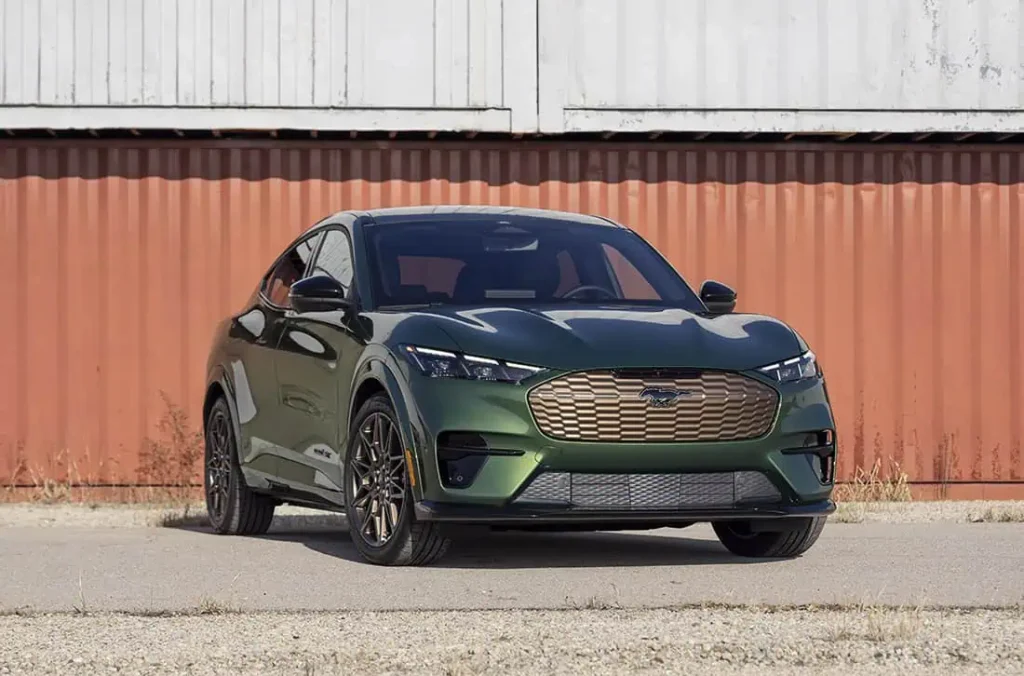
How Much are OEMs Able to Profit by Selling EVs?
Ability to profit is how much the OEMs can profit from producing EVs. The struggles of Ford and GM in making a profit come to mind, as their losses in the EV industry have frequently been called out by EV critics.
Ford’s CEO Jim Farley addressed the profitability issue in his Linkedin story, “Confessions from a lifelong Petrol Head. I love electric vehicles and it has nothing to do with politics.“
In Farley’s LinkedIn story, he shuts down EV critics on a variety of topics, most notably in the discussion of Ford’s profitability with its EVs.
Farley said: “It’s true that we are losing money on electric vehicles in the first innings of this transition, largely due to the upfront investment costs. But that too is changing. After all, what major technological leap forward wasn’t challenging and costly at the early stages?”
EVinfo.net was gratified to see Farley make this statement, as we have been saying all along that nobody should expect an OEM like Ford to make profit on EVs at this early stage in 2024.
Profitability comes from mass production of vehicles in large numbers, such as Ford’s ICE vehicles. Ford isn’t making enough EVs yet to reach the threshold of profitability. The reason Ford is losing money on EVs is as simple as that. Ford will make more profit on EVs as its EV business grows, alongside growing EV adoption in the US and around the world.
Transforming the Supply Network
To transform the supply network, the third Gear of Change, describes how OEMs and their suppliers must adapt to the EV revolution. Every OEM currently uses a large number of parts suppliers to produce their vehicles. As the OEM transitions to making more and more EVs, so also must the suppliers adapt to the change. This makes the EV transition even more complicated and expensive.
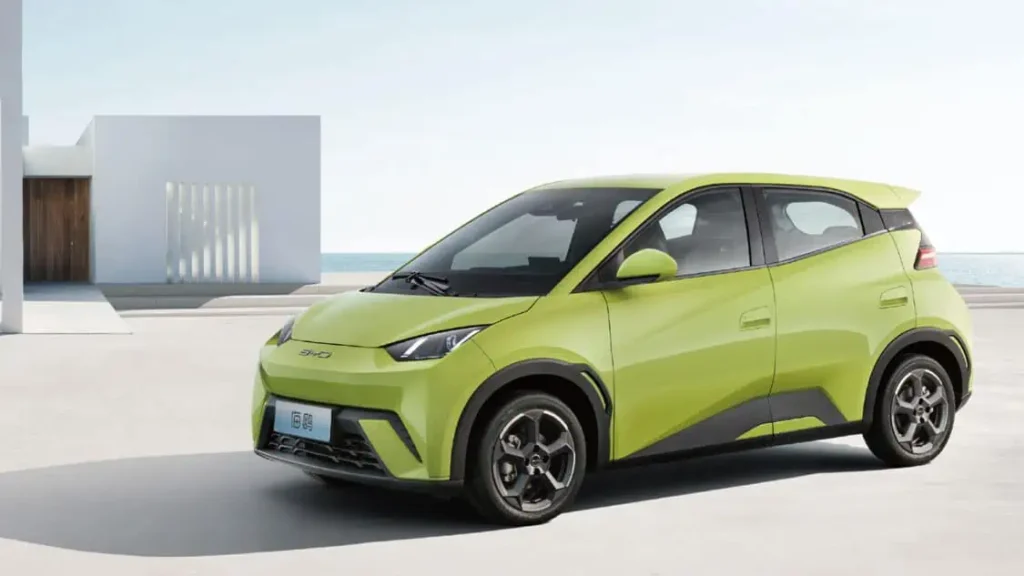
The Tortoise (China) and the Hare (Global Auto Industry)
Boyer used the analogy of “The Tortoise and the Hare,” one of Aesop’s Fables, as how China beat the automotive industry by going all-in on EVs much sooner than the rest of the world. The fable is a common folktale in which ingenuity and trickery (rather than doggedness) are used to overcome a stronger opponent. Today, China leads the EV industry by wide margins in both production and adoption. Half of all vehicles sold in China in July 2024 were either new EVs or plug-in hybrids, a milestone that underscores how far the world’s biggest auto market has leapt ahead of the rest of the world in EV adoption. Other countries, including the US, are now struggling to catch up to China’s EV industry.
EVinfo.net believes the US can and will catch up to China’s EV industry. It will take all of the gears of change working in unison, which has been difficult so far in the US. America’s capitalist society is much more short-term profit based than China’s communist society, which is one reason the US is still woefully behind. Another is the monumental amounts of anti-EV misinformation spread from the oil industry and its nefarious media partners.
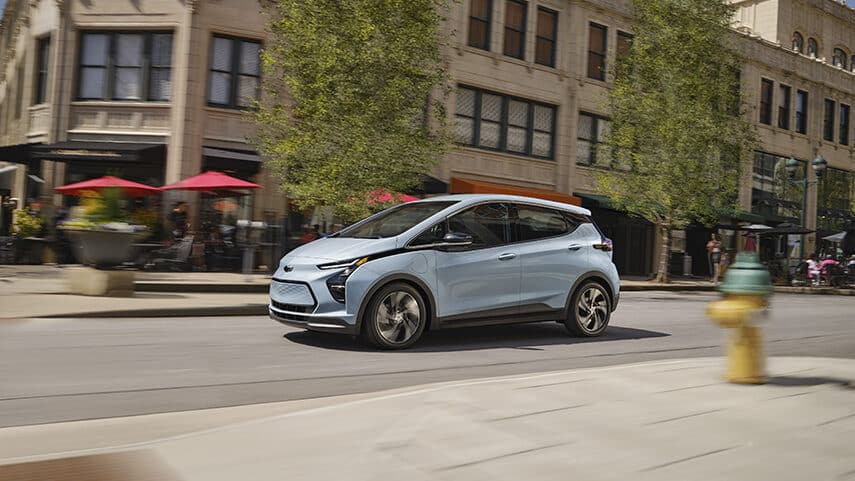
EVs Superior to Gas Vehicles
Boyer does a great job detailing the reasons why EVs are superior to ICE vehicles. He gives examples of how range has increased, while charging time has decreased. Additionally, the cost of EV batteries has fallen by a huge amount, as EVinfo.net reported recently. The Department of Energy reported a dramatic decrease in the cost of lithium-ion battery packs for light-duty electric vehicles. Between 2008 and 2023, the cost fell by 90%, from $1,415 per kilowatt-hour (kWh) in 2008 to $139/kWh in 2023, adjusted for constant dollars. This is one reason EV prices will decrease dramatically for consumers soon.
Another benefit of EVs is that they are faster, winning race after race with gas vehicles. EVs are quieter, and more cost effective over the long term, as Atlas Public Policy reported in an EVinfo.net article. In the study, net savings of EVs over ICE went as high as $10,581 over a seven-year total cost of ownership (TCO).
Power Source History
Boyer goes into great detail in his chapter on power sources, detailing the histories of gasoline production and sales, as well as how the lithium battery revolutionized the EV industry.

The Highly Profitable Standard Oil Company
An example of the astounding profits made in the gasoline industry is detailed in the story of Standard Oil. Standard Oil was a dominant corporate trust in the petroleum industry from 1882 to 1911, emerging from the operations of the Standard Oil Company (Ohio), founded in 1870 by John D. Rockefeller.
The original trust was valued at $70 million, a considerable sum at the time, reflecting its extensive reach and influence in the industry. Standard Oil’s business model focused on vertical integration, allowing it to control every aspect of the oil production process, from drilling to refining to distribution. This approach enabled the company to dominate the market, often driving competitors out of business or acquiring them.
In 1911, the U.S. Supreme Court ruled that Standard Oil violated antitrust laws and ordered its dissolution. The breakup resulted in the formation of 34 smaller companies, with the net value of the companies at $375 million. Some of these companies became major players in the oil industry, such as ExxonMobil and Chevron.
The legacy of Standard Oil is significant, as it played a crucial role in shaping today’s oil industry, which opposes EV adoption. A few forward-thinking oil companies, for example British Petroleum and Shell, are investing heavily in EV charging, knowing that their profits from gasoline sales will continue to decline.
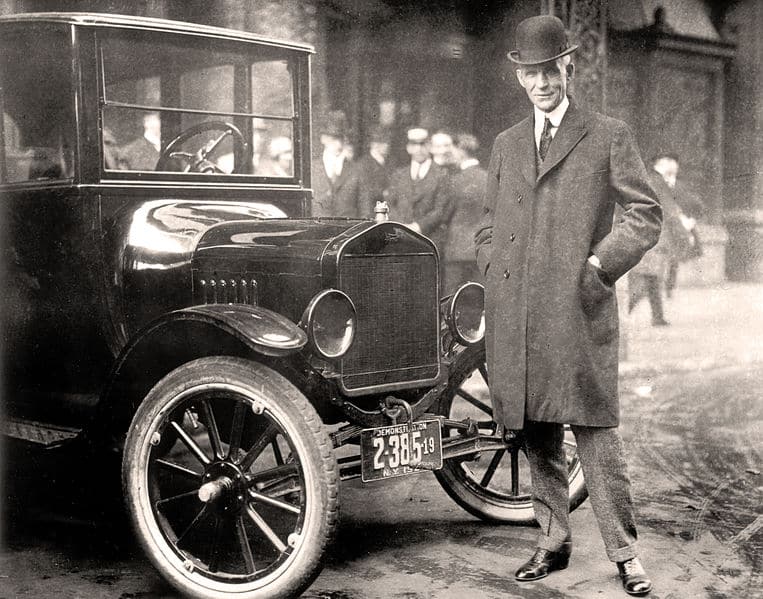
Evolution of the Lithium-ion (or Li-ion) Battery
Boyer detailed the history of the lithium-ion battery in his book, and how it gave rise to the resurgence of the EV industry in the late 2000’s. In the 1800’s, EVs outnumbered ICE vehicles, until Henry Ford’s cheaper Model T spelled their demise. At the time, EVs were more than twice the price of the Model T. Then in the 1990’s, California’s EV revolution was literally crushed by GM, as it famously took back its first EV from leaseholders, the EV1, and loaded them into a car-crusher. This was highlighted by Chris Paine’s film, “Who Killed the Electric Car?“
Under pressure from big oil and other players, the EV1 and other 1990’s EVs were killed, until re-emerging in the late 2000s. Both the 1800’s and 1990’s versions of EVs used the lower-power lead-acid EV batteries.
Lithium-ion (Li-ion) batteries have revolutionized the energy storage landscape, becoming the dominant technology in various applications, from consumer electronics to electric vehicles (EVs).

Properties of Li-ion Batteries
Li-ion batteries are characterized by their high specific energy, superior energy density, and exceptional energy efficiency, making them ideal for portable devices and electric vehicles. They also boast a longer cycle and calendar life, reducing the need for frequent replacements and ensuring long-term reliability. Since their introduction in 1991, these batteries have seen a threefold increase in volumetric energy density and a tenfold decrease in costs, making them more compact, powerful, and accessible. Continuous innovation in materials science and manufacturing has positioned Li-ion batteries as a cornerstone technology in the shift toward renewable energy and electrification, with ongoing advancements promising to further enhance their performance and broaden their applications.

Tires, Tires Everywhere
Boyer’s chapter about tires focuses on the currently very environmentally damaging manufacturing process used to make automotive tires.
Even before tires hit the road, their production leaves a significant environmental footprint due to the sourcing of raw materials and the energy-intensive, polluting manufacturing processes involved. Each year, approximately 2.5 billion tires are produced globally, with the raw materials used being as damaging as the tires themselves. The manufacturing process is extremely energy-intensive, consuming massive amounts of fossil fuels and emitting substantial greenhouse gasses. Additionally, tire plants release toxic air pollutants, contributing to environmental degradation.
Tires are primarily made from rubber, and their production contributes to deforestation in regions like Southeast Asia and Africa, where rubber tree plantations replace natural habitats. Beyond air emissions, tire manufacturing generates hazardous solid and liquid wastes, such as chemical sludges and contaminated rubber scraps, which require careful handling to avoid contaminating soil and waterways. Mismanagement of these wastes can lead to severe environmental consequences, including pollution of ecosystems.
Carbon black is one of the most widely used industrial materials, essential in manufacturing a vast array of products, including paint, plastics, and tires. Traditionally, the production of carbon black involves using combustion to convert oil into carbon, a process that releases large amounts of greenhouse gasses into the atmosphere. This conventional method contributes significantly to environmental pollution, highlighting the need for more sustainable production techniques to reduce its ecological impact.
From raw material acquisition to manufacturing, tire production contributes to habitat destruction, pollution, and the creation of hazardous byproducts. This sets the stage for the environmental impact to intensify further once tires are used on vehicles, highlighting the need for more sustainable practices in the industry.
Bolder Industries, Offering Better Ways to Make Tires
Bolder Industries is at the forefront of delivering transformative solutions for the rubber, plastics, and petrochemical industries by focusing on sustainability and circular economy principles. The company addresses global environmental challenges by creating valuable products from end-of-life tires (ELTs), turning waste into resources.
Their flagship product, BolderBlack, serves as an eco-friendly alternative to traditional carbon black, which is typically derived from petroleum. BolderBlack is used as a rubber-reinforcing agent and as a black pigment in plastics. It is produced entirely from post-consumer or post-industrial tires and rubber scrap, significantly reducing reliance on fossil fuels and decreasing the carbon footprint associated with its production.
By utilizing end-of-life tires and rubber scraps, Bolder Industries helps reduce the volume of waste that would otherwise end up in landfills, addressing the environmental issues associated with tire disposal. This approach exemplifies a circular economy model, where waste materials are repurposed into new products, conserving resources and minimizing environmental impact. By providing a sustainable alternative, Bolder Industries supports industries in reducing their environmental impact and improving their sustainability practices. Their innovations contribute to reducing carbon emissions, conserving natural resources, and promoting sustainable industrial practices.
Tires Made with Monolith’s Sustainable Carbon Black are More Environmentally Friendly
Tires that are made with Monolith can help reduce negative environmental impact, as they are manufactured with low-emission carbon blacks. This innovation significantly lowers the amount of greenhouse gasses released into the atmosphere compared to conventionally manufactured tires.
Monolith’s proprietary process for producing carbon black represents a significant advancement in sustainability, virtually eliminating CO2 emissions compared to traditional methods. Monolith is currently expanding its facilities, and once complete, the process is expected to prevent the release of several hundred thousand tons of CO2 annually. This achievement marks just the beginning of Monolith’s efforts to significantly reduce the carbon footprint associated with carbon black production, further advancing environmental responsibility in industrial manufacturing.
Importantly, this environmental benefit is achieved without compromising safety, performance, or affordability, allowing drivers to make a more sustainable choice without sacrificing quality or cost-effectiveness.
An Upbeat Perspective
Ken Boyer’s approach in The Electric Vehicle Revolution sets it apart from many works focused on climate change and sustainability. Instead of adopting a pessimistic or alarmist tone, Boyer presents a fact-based, clinical analysis of the automotive industry’s transition to electric vehicles, enriched with a touch of creative nonfiction. This style not only makes the book engaging but also offers a balanced perspective that acknowledges the challenges without succumbing to a doomsday narrative.
Boyer’s writing is stirring and optimistic, focusing on the potential for positive change rather than dwelling on potential disasters. The book’s core message is encapsulated in the second part of its title, highlighting the stories of five visionary leaders who are at the forefront of the electric vehicle revolution.
Conclusion
Overall, Boyer’s book is highly recommended by EVinfo.net. It offers rich detail throughout, going into deep historical dives on every subject covered. An excellent read, and an important resource for anyone wanting to learn more about the exciting, yet difficult, worldwide transition from gas to electric vehicles.
About Kenneth K. Boyer
Kenneth K. Boyer is a highly experienced supply chain management researcher with over fifty peer-reviewed publications. He has authored two notable books: Extending the Supply Chain and Operations and Supply Chain Management for the 21st Century. Currently, he holds the position of Fisher-designated professor of operations and business analytics at the Fisher College of Business, Ohio State University, where he has been dedicated to researching and teaching supply chain management for thirty years.
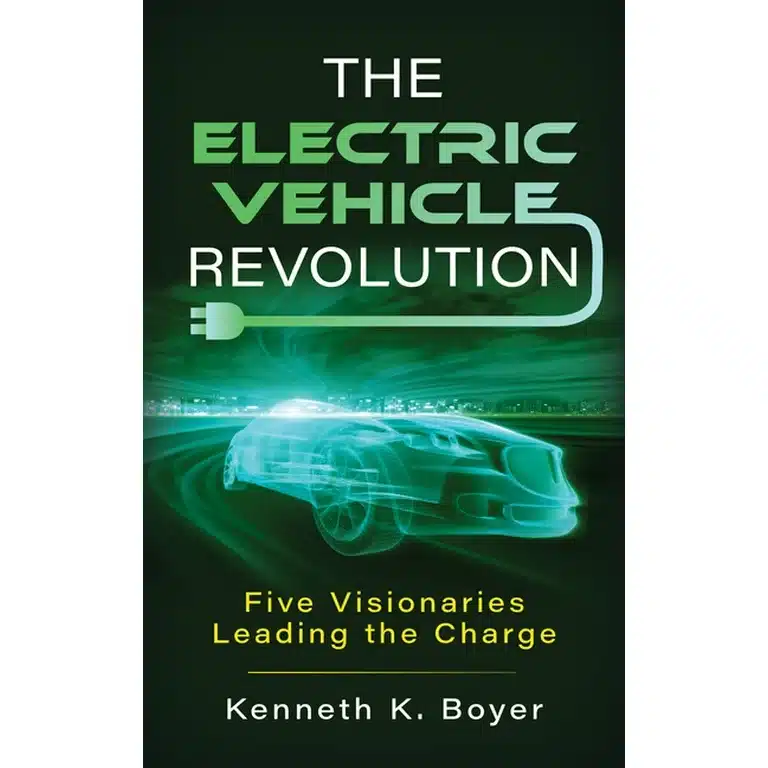

Electric Vehicle Marketing Consultant, Writer and Editor. Publisher EVinfo.net.
Services